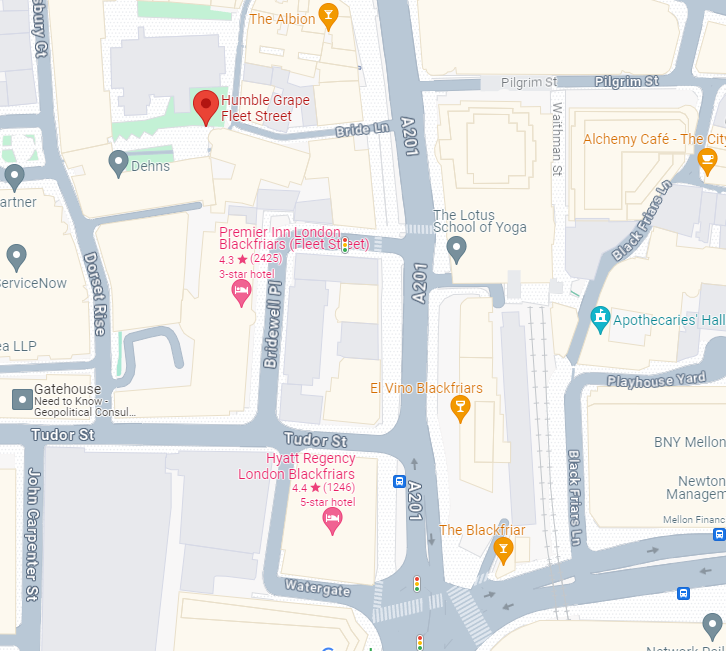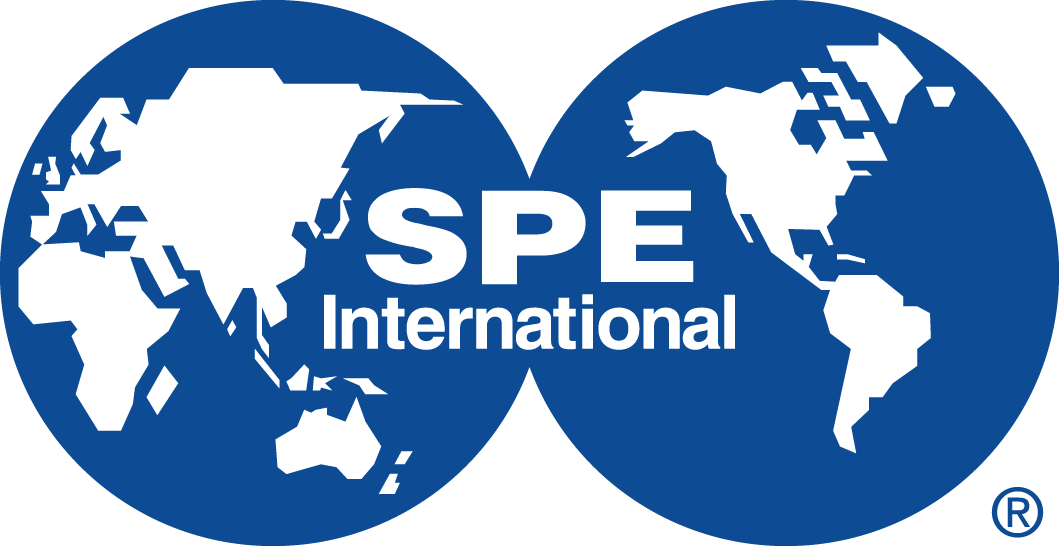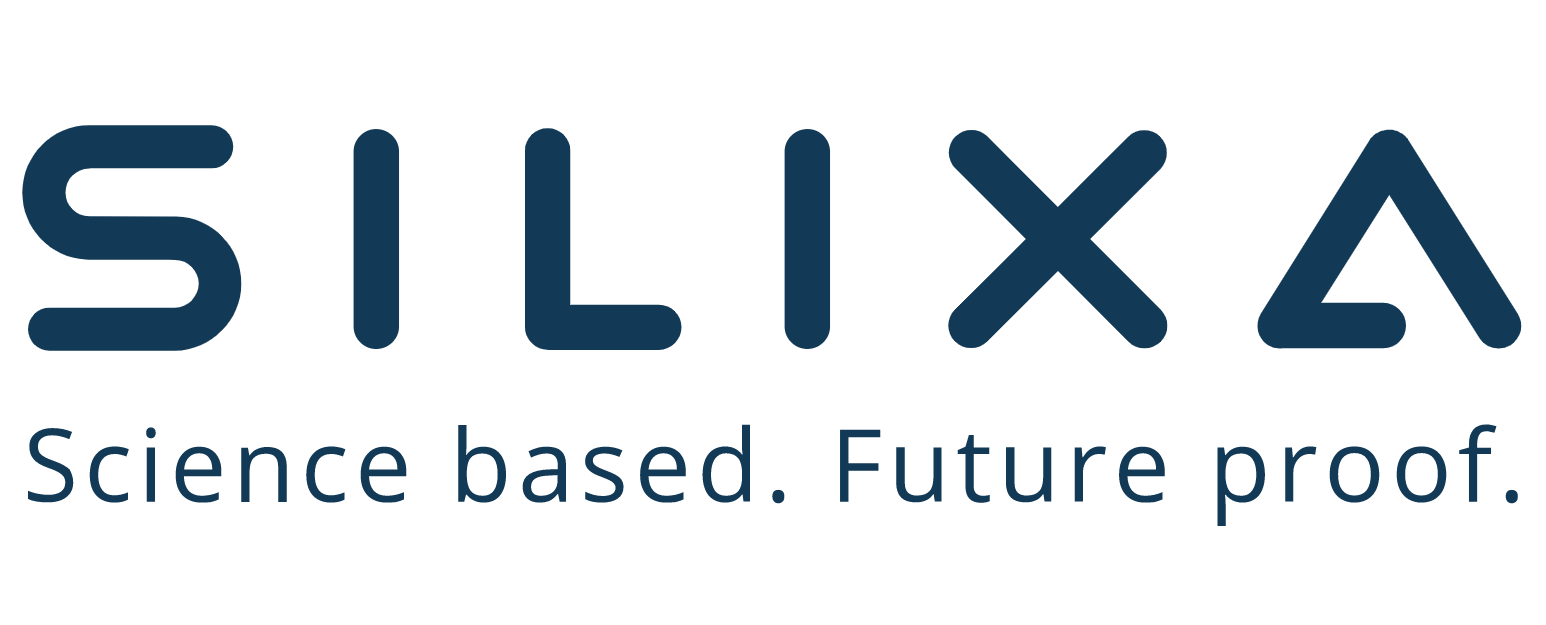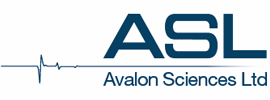-
60 mins
-
15 mins
-
45 mins
Keynote Speaker
Mike Webster, Technical Expert, Expro
-
90 mins
Fiber Optics Distributed sensing technologies are evolving in the Oil and Gas industry with its potential applications in many areas of surveillance including injection, production and stimulation monitoring. In comparison to conventional surveillance, fiber optics doesn't require well interventions and can provide continuous measurements along the entire wellbore. This session aims to discuss the applications of FO for monitoring of water/polymer injection, well production, multiphase flow allocation and stimulation diagnostics. Case studies as well as a new workflows are included in the session.
Speakers
0900-0930 Real-time Analysis Of Distributed Acoustic Sensing Of Intelligent Completions, Adrian Sanchez, Halliburton
0930-1000 Enhancing water injection monitoring with DAS & DTS Analysis using permanently installed DFO systems, Alberto Mendoza, LYTT
1000-1030 Fiber Optic Sensing for Production and Injection Mode Tests of an Intelligent Control Valve (ICV) in and Oil and Gas Reservoir, Andy Greek, Halliburton
-
30 mins
-
90 mins
Over a decade ago, well interventions entered a new era with the introduction of real-time downhole telemetry. Access to actionable insights during operations, and in particular to distributed sensing surveys acquired thanks to the fiber optics cable enabling those systems, allowed creating new operational workflows, unlocking new opportunities, and generating efficiency gains. After several years of continuous use, the range of applications and conveyance means keeps expanding. This session aims to explore how distributed sensing is reshaping well interventions and which are the lessons learned over the past decade.
Speakers
1100-1130 State of the Art of DTS/DAS Applications for Intervention Optimization, Pierre Ramondenc, SLB
1130-1200 Transforming Real-Time Decision Making and Expanding Horizons in Matrix Acidizing of Openhole Horizontal Tight Carbonates – A Triumph from West Kuwait's Mishrif Formation, Jasim Al-Ballam, KOC
1200-1230 Revolutionizing Leak Identification with Instrumented CT: A Case Study from North Kuwait, Ali Q Al-sabee, KOC
-
60 mins
-
90 mins
This session demonstrates the application of DFOS for different aspects of well integrity monitoring. Unlike conventional single point sensors, DFOS’s ability to observe well behaviour over its entire length for the duration of the survey while the well is manipulated at surface gives Operators some unique insights into the wells’ performance and behaviour. These insights lead to more robust identification of well problems and higher quality remediation.
Speakers
1330-1400 Identification of the source of sustained annular pressure using distributed fibre optics and disposable fibre, Andrew Garioch, Well-SENSE
1400-1430 Implementing Liquid Level Monitoring using Distributed Fiber Optics, Bahareh Ganji, Equinor
1430-1500 Well integrity campaign on tubing to annulus communication on deviated oil producers in Malaysia, Veronique Mahue, Silixa
-
30 mins
-
90 mins
Fiber Optic measurements cover a wide range of applications across energy industries including Carbon Capture and Sequestration, geothermal energy production and wind energy. This session will explore the different applications of fiber optic within renewables and CCS including but not limited to: co2 plume monitoring, seismicity detection, evaluation of CO2 injection profiles, well injection containment geothermal production optimization or high power generator of in wind turbines.
Speakers
1530-1600 Enhanced Geothermal Systems (EGS) – New Methodologies, utilizing hydraulic fracturing to maximize Stimulated Reservoir Volume for heat production in granite reservoirs, Russell Walsh, Halliburton
1600-1630 Artur Guzik, Nuebrex
1630-1700 Geothermal application of DTS and DAS fibre optic sensing technologies at the UK Geoenergy Observatories in Glasgow and Cheshire, UK, Athena Chalari & Michael Spence, Silixa
-
150 mins

-
30 mins
-
90 mins
Deployment of Fiber Optic sensors in subsea wells carries unique challenges, but also provides tremendous value not previously available to operators. Particularly, the ability to have real-time monitoring along the entire length of subsea wells without performing expensive logging operations is a very powerful addition to the well surveillance toolkit. This session explores the challenges that can be faced in these deployments, equipment advances to better enable deployment, and value streams made possible by fiber optic monitoring in subsea wells.
Speakers
0900-0930 Estimation of Temperature Profiles using Low-Frequency Distributed Acoustic Sensing from In-Well Measurements, Nicholas Adam Bradley, NTNU/Equinor
0930-1000 Enabling Sandface Optical Monitoring, Flow Control and Assurance with Wet Connect Systems, Pavel Nazarenko, Baker Hughes
1000-1030 Elements in planning downhole fiber installation in a subsea well, Lars Vinje, Equinor
-
30 mins
-
90 mins
Distributed fiber optic sensing is a hot topic, and through an increased number of installations, access to low frequency data, and more available fiber optic interventions, this will reinforce the original monitoring objectives. At the same time, it will open doors to new monitoring methods and applications. Is the trend in fiber optic monitoring changing, are we still monitoring with the same purpose in mind? And as we open up for a wider range of monitoring discussions, will this benefit the subsurface monitoring community, or stretch the workshops and discussions too thin? How can we balance traditional and new topics, hydrocarbon and green projects, experienced and new members of this expanding community, while still creating value for our companies?
Panelists from our industry will discuss and address these challenges during the first part of the panel session, followed by a Q&A session with the workshop audience.
Introduction: Richard Tøndel, Leader Reservoir Geophysics, Equinor
Moderators: Steve Mathias, Global Applications Champion Completions, Weatherford; Dennis Dria, Technology Advisor, Myden Energy ConsultingPanelists
Samantha Grandi, Senior Research Geophysicist, Shell
Tommy Langnes, Interim Chief Executive Officer & Co-Founder, LYTT
Brian Seabrook, Fiber-Optic Sensing SME, ExxonMobil
Mike Webster, Technical Manager, Expro
-
60 mins
-
90 mins
Continuous advancements in downhole fiber optic monitoring technology and deployment methods have been enabling novel monitoring solutions in the energy industry to enhance operating efficiency, reservoir characterisation, production optimisation, and well integrity. This session aims to explore the latest developments and breakthroughs in enabling and emerging fiber optic technologies and methods. The session will highlight advancements in fiber optic sensors, instrumentation technology, sensing techniques, deployment methods, data transmission, processing, and interpretation workflows, and how these can be used to enable novel solutions.
Speakers
1330-1400 Shell-Patented Technology To Maximise Oriented Perforation Accuracy In Wells with Behind-Casing Fibre Optics, Sufyan Shihab, Shell
1400-1430 Feasibility of detecting chalk in well production stream with DFO, Eivind Samuelsen, AkerBP
1430-1500 DAS End-to-End Successful Paradigm: from Modeling to Deliverables – Microseismic Example and a few more, Joel Le Calvez, SLB
-
30 mins
-
90 mins
Downhole fiber optic instrumentation has historically included distributed temperature sensing as well as point sensors such as optical gauges. Newer wells now include dedicated fibers for acoustic sensing DAS and other strain sensing. The wide range of applications, from seismic surveillance to well integrity and production optimization, that fiber provides require that integrated teams realize the value of the same instruments and what benefits they may bring over the full well life cycle.
As more permanent fiber installations come online we are looking for contributions that address the value of instrumenting and monitoring assets continuously. We welcome contributions that address downhole surveillance of producer/injector/reservoir interactions as seen from flow measurements and time lapse analysis.
Speakers
1530-1600 Value generated from permanent in-wellbore fiber - Examples from the Johan Sverdrup field, Stefan Dümmong, Equinor
1600-1630 Fiber Optic Sensing at Bokor Field, Hakim Basri, Petronal; Hussen Mansur, Petronas
1630-1700 Fiber2Desk Platform, Daria Spivakovska, Shell


)
)
)
)
)
)
)
)
)
)
)
)
)
)
)
)

.png)
.png)

